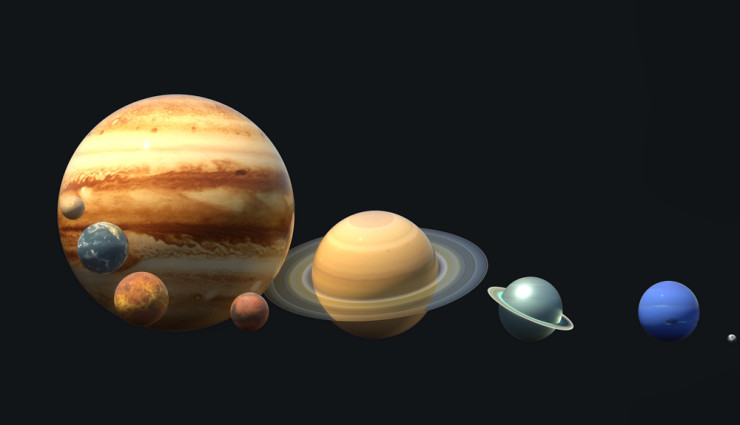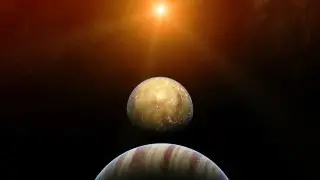Tengrinews.kz – On the evening of February 28, 2025, the sky will turn into an open-air planetarium as seven planets of the Solar System align in a straight line, creating a breathtaking spectacle. When and why this rare event occurs is explained by ScienceAlert.
Saturn, Mercury, Neptune, Venus, Uranus, Jupiter, and Mars will be the main stars of this extraordinary celestial phenomenon that should not be missed.
Charge your phones for stunning photos, find a spot away from city lights, and enjoy this astronomical wonder! After all, the next such alignment won't happen anytime soon.
How many planets are needed to call it a "planet parade" or "alignment"?

Photo: Depositphotos.com
Sometimes, several planets can be seen in the same part of the sky simultaneously, but cases where almost all or even all planets align in a straight line are much rarer.
Astronomers define an alignment as a combination of three to eight planets. When five or six planets take part, it is considered a major alignment. A lineup of five planets is fairly common, while an alignment of six planets is already a rare event.
However, the rarest and most spectacular occurrences are grand alignments involving seven planets. Such an event happens only once every few decades, making it a true stroke of luck to witness.
There is no perfectly straight alignment
When people talk about planetary alignment, they shouldn’t imagine a perfectly straight line like the diagrams of the Solar System often depict. In reality, such perfect order never occurs.
However, from Earth’s perspective, the planets appear to line up along an imaginary path. This happens because all planets orbit the Sun in the same plane, called the ecliptic. Some planetary orbits are slightly tilted up or down, but overall, they remain on the same level—like grooves on a vinyl record. This arrangement is a result of how stellar systems like ours form.
How to observe the planetary alignment
The planets you can see, the time they appear, and their order depend on your location. To determine the exact rise and set times of the planets in your region, you can use special tools:
- Time and Date – an interactive service that shows when and where the planets will appear in the sky.
- Stellarium – a web application that displays the precise position of planets at any given moment.
- Sky Tonight – a mobile app that uses GPS to provide a real-time star map with planetary locations.
For the best viewing experience, consider using binoculars or a telescope. Most importantly, find a spot away from city lights and hope for clear skies!

